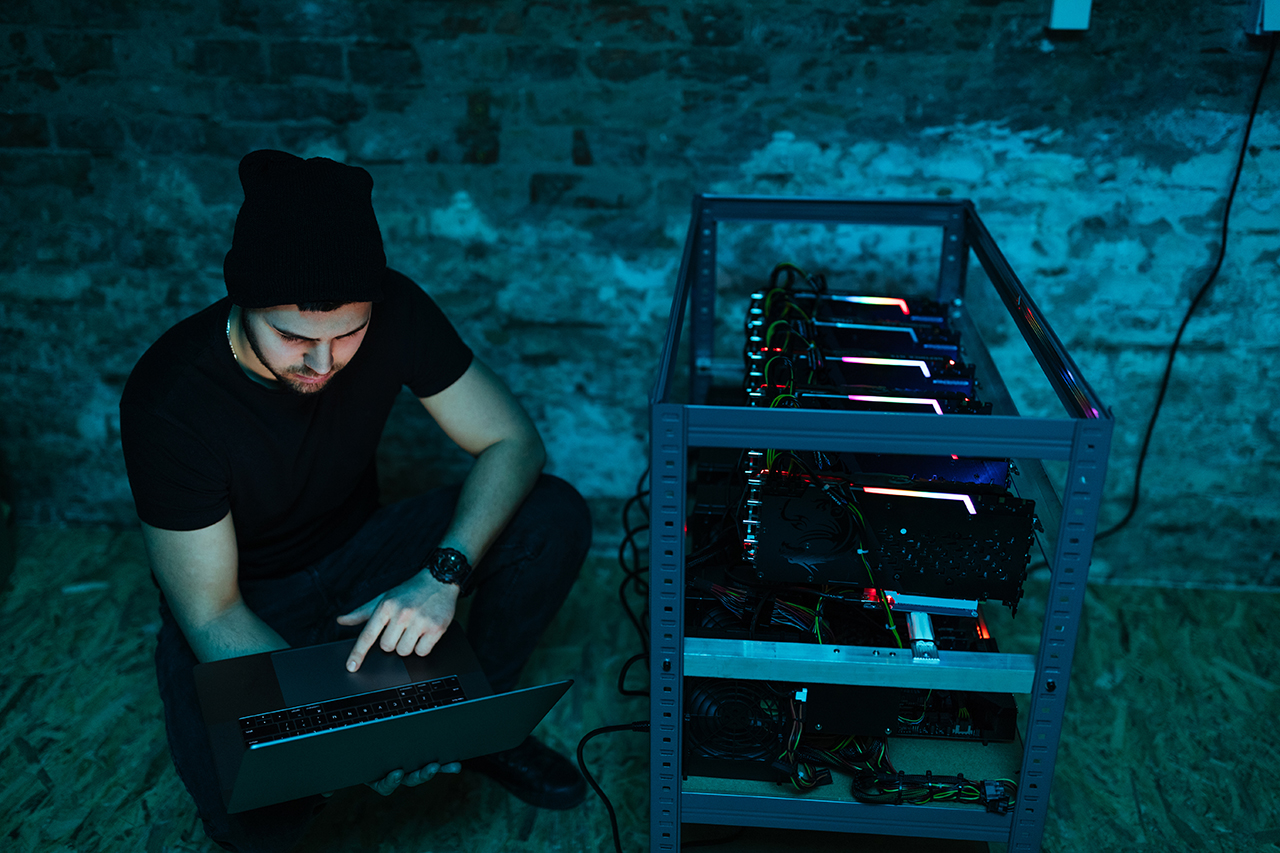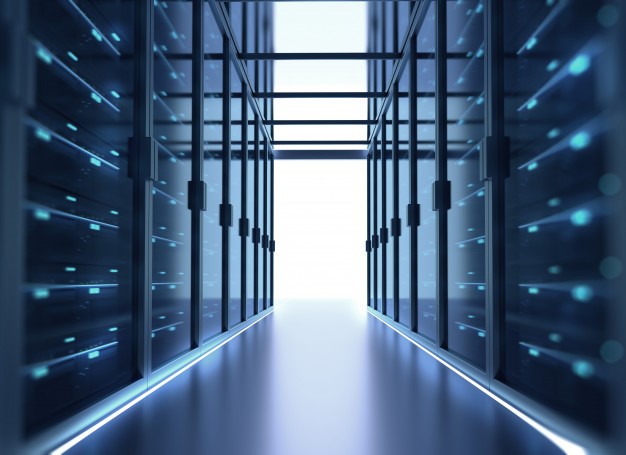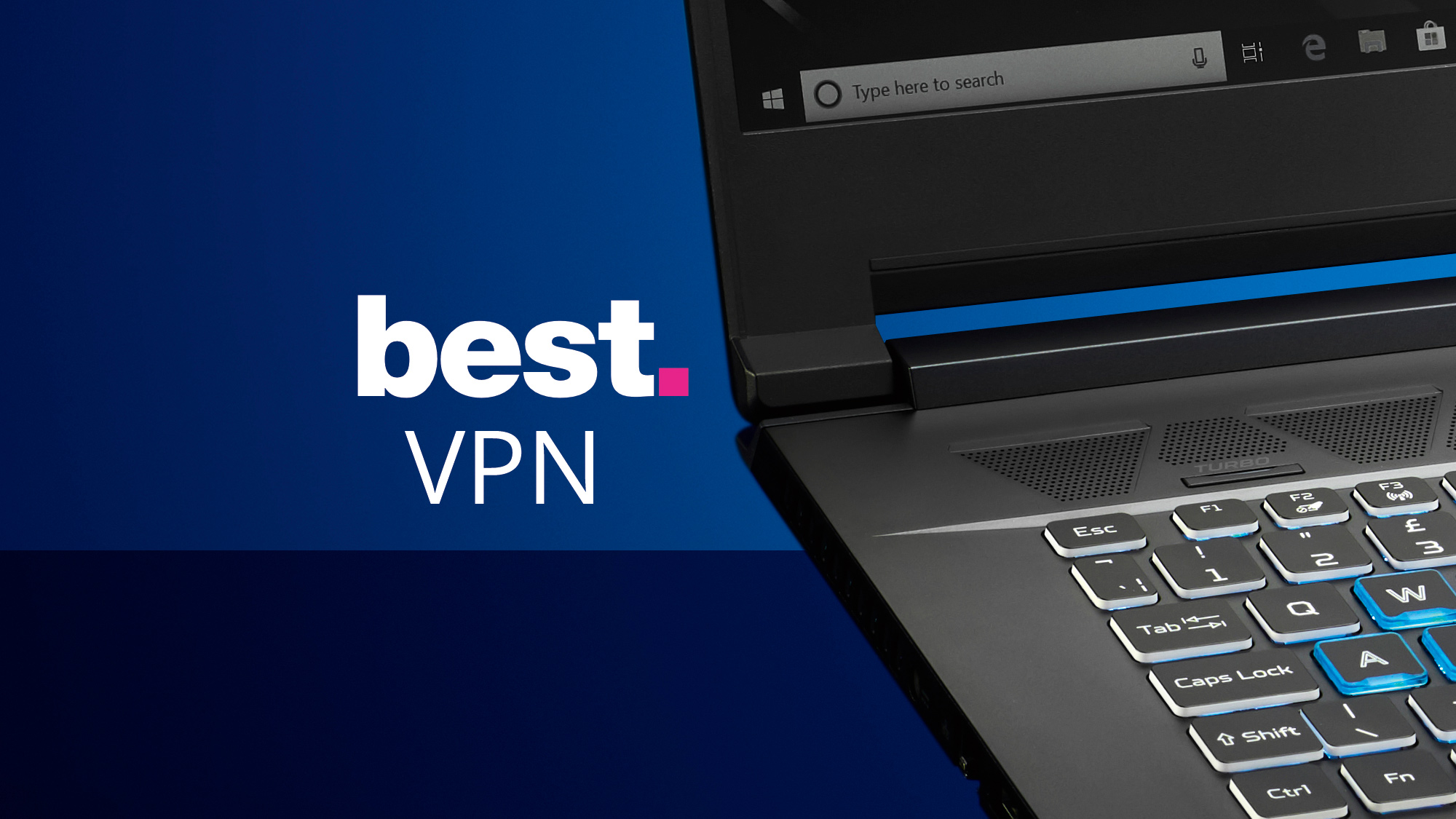Are you looking to build your own DIY computer or custom PC? It’s a great way to get exactly what you want in terms of hardware components and specifications. If you’re interested in gaming, building a gaming PC can be a great way to get the most out of your favorite games. And if you’re into overclocking, you can customize your PC to get even better performance.
One of the benefits of building your own computer is the ability to upgrade it over time. You can start with a basic set of components and upgrade as needed, rather than having to buy a whole new computer every few years. This can save you money in the long run and give you more control over your computer’s performance.
When it comes to choosing hardware components for your custom PC, it’s important to do your research and choose components that are compatible with each other. This includes the CPU, motherboard, RAM, storage, power supply, and case. You’ll also want to consider factors like cooling and noise levels.
If you’re interested in building a gaming PC, you’ll want to focus on components that can handle the demands of modern games. This includes a powerful CPU and graphics card, as well as plenty of RAM and storage. You may also want to consider liquid cooling or other advanced cooling solutions to keep your PC running smoothly during intense gaming sessions.
Overclocking is another consideration for those looking to get the most out of their custom PC. This involves tweaking the settings of your CPU and other components to increase performance beyond their factory settings. However, it’s important to be careful when overclocking, as it can increase the risk of damage to your hardware if done incorrectly.
Overall, building your own computer can be a fun and rewarding experience, whether you’re interested in gaming, overclocking, or just want a custom PC that meets your specific needs. By choosing the right hardware components and following the steps outlined above, you can create a PC that you’ll be proud to use and show off to your friends. And with the ability to upgrade your computer over time, you can continue to improve its performance and capabilities for years to come.
Building your own computer can seem like a daunting task, especially if you’re new to the world of computer hardware. However, with the right guidance and a little patience, building your own PC can be a fun and rewarding experience. In this step-by-step guide, we’ll walk you through the process of building your own computer from start to finish.
Step 1: Plan Your Build
Before you start buying components, it’s important to have a clear idea of what you want to achieve with your computer. Do you want a gaming rig, a workstation for video editing, or a basic machine for browsing the web? Once you know your goals, you can start planning your build accordingly.
Step 2: Choose Your Components
The core components of a PC include the CPU, motherboard, RAM, storage, power supply, and a case. There are many different brands and models to choose from, so it’s important to do your research and choose components that are compatible with each other.
Step 3: Assemble Your PC
Now it’s time to put everything together. Start by installing the CPU and RAM onto the motherboard, then attach the motherboard to the case. Install the power supply, hard drive or SSD, and any other components you’ve chosen.
Step 4: Connect Your Peripherals
Once your PC is assembled, it’s time to connect your monitor, keyboard, mouse, and any other peripherals. Make sure everything is securely plugged in and powered on.
Step 5: Install Your Operating System
Now that your computer is assembled and connected, it’s time to install your operating system. You can choose from popular options like Windows or Linux. Follow the on-screen instructions to complete the installation process.
Step 6: Install Your Drivers and Software
With your operating system installed, you’ll need to install drivers for your hardware components. Check the websites of each component manufacturer to download and install the latest drivers. You’ll also want to install any software you need for your specific use case.
Step 7: Test Your PC
Once everything is installed and configured, it’s time to test your PC. Boot up your computer and make sure everything is running smoothly. Test out your hardware components and software applications to ensure everything is working as it should.
Building your own computer may seem intimidating at first, but with the right guidance, it can be a fun and rewarding experience. By following these steps, you can build your own computer that meets your specific needs and preferences. With a little patience and attention to detail, you’ll have a PC that you can be proud of.






